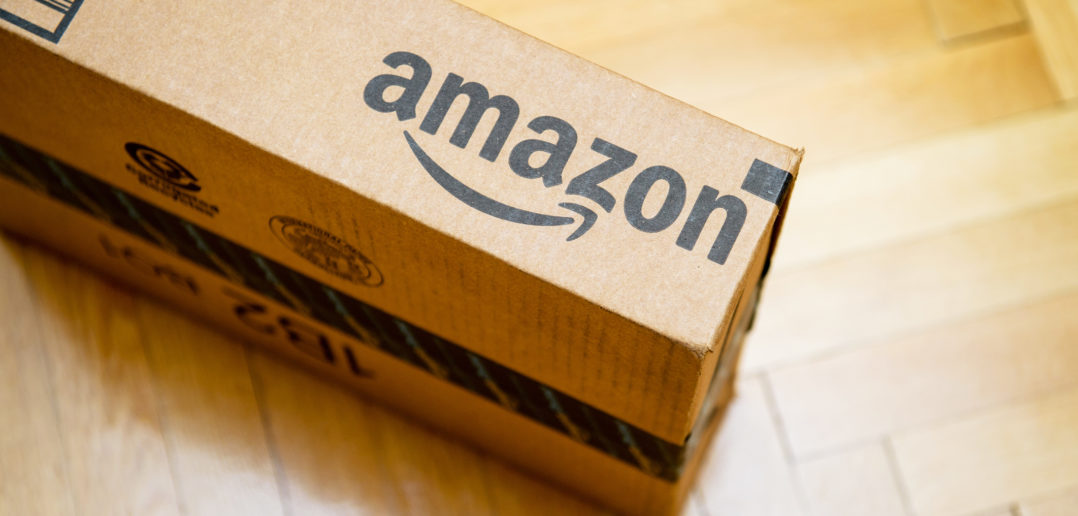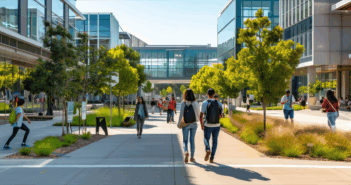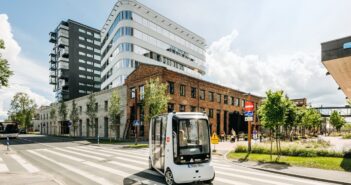When Amazon announced its plans to open a second headquarters, known as HQ2, cities were quick to offer incentives in hopes of attracting the Seattle based super company. Amazon’s HQ2 will likely have profound effects on any regional economy. With upwards of 50,000 employees all likely to earn on average more than $100,000 in compensation, HQ2 has the potential to provide a new economic geography for its host city.
Aware of this potential impact, Amazon has rolled out an eight page “request for proposal” with an extensive list of requirements. To name a few, the company is looking for a city of more than 1 million people that has access to an international airport, mass transit, an educated workforce, good fiber connectivity and a robust business climate. In addition, Amazon is looking for a city who is willing to offer major incentives – from tax breaks to donated land.
Amazon’s announcement triggered a nationwide competition amongst cities all hoping to get noticed. Few cities can meet all of Amazon’s requirements, however, meaning those that can will have to pull out all the stops offering some big public handouts. The question is, at what cost are these cities willing to attract Amazon’s HQ2?
The race to attract Amazon has been compared to that of cities competing to host the Olympics. Accommodating Amazon’s requirements won’t be cheap for a city. Major capital spending on infrastructure and transit will be needed similar to that of building facilities to host the Olympic games. In the past, the initial investment of hosting an Olympics has often been overlooked by the illusion and promise of potential economic impact that will come from it. These ambitions are often met with harsh outcomes however, leaving cities with piles of debt and various useless venues. Sochi is still suffering the sobering effects of spending close to $55 billion to host the Olympics leaving the government to subsidise the operation and maintenance of venues, tourist, and transport infrastructure in the order of $1.2 billion per year for the foreseeable future [i]. Could a city succumb to this same reality if they promise too much to Amazon upfront?
Now more than ever before, incentive programs are undergoing a great level of scrutiny. The key is to find a happy medium which will result in a win for the city and the state, a win for Amazon, and a win for tax payers, workers and residents. Through analysis and simulation modeling, the job benefits and the income benefits can be examined to determine macroeconomic consequences of the investment and to help find this win, win, win scenario.
Amazon’s plan to build their new headquarters will come in two pieces. First will be a construction and investment period which Amazon has laid out in three phases over a 10-15 year period. Second will be the addition of the 50,000 new employees.
Amazon is expected to invest approximately $5 billion in construction to build their second headquarters over the course of the three phases. The short and medium-term impact of this construction spending shows that employment will rise at the beginning of each of the three phases of building as the demand for construction jobs increase. The impact on output from construction follows a similar pattern. At the beginning of each of the three phases, there is a spike in spending, which corresponds with the jumps in construction, raising output across the economy. Retail trades, support industries and real estate will also experience a spike during the construction phase.
The second piece of the plan has the potential for the most impact. The addition of 50,000 high paying management jobs will generate a multiplier effect that will ripple throughout the economy as people demand more consumption. The management sector will see the biggest impact on employment but we’ll also see an increase in spending on construction and retail trades as people move into the city and spend money. These employment increases are going to filter into output as well. A very productive management sector and clustered workforce will allow Amazon to draw upon a denser population and increase their labor access. Over the 15 years, labor access in the management sector will increase by almost 2% while labor productivity will rise about 1.5% [ii] A city that was once considered affordable will no longer be after Amazon moves in.
As always, with the good comes some bad. With an increase in management jobs comes upward pressure on wages, not only in the management sector but across the economy as these impacts filter through. As prices rise in the region where HQ2 is located, this will also put downward pressure on competiveness as imports rise and exports fall. The influx in population, along with increased wages, will drive housing prices as well and after 15 years, housing prices will increase by 6% [iii]. Cities that were once affordable will see a significant increase in land values and housing costs upon Amazon’s arrival.
By combining construction and direct employment impacts, we can look at the effect on both state and local budgets. Property taxes will rise as a result of more expensive housing therefore causing a revenue boom for the local economy. At the state level, personal income tax will rise as there are more people in the area earning higher wages. Add in the rise in sales tax revenue and corporate tax, and we’ll see an overall increase of about 13 billion dollars over the course of the 15 years. [iv]
Two, less ideal, scenarios can be examined to show the implications on revenues if these growth targets are less ideal and Amazon falls short on their promises. If the addition of the 50,0000 employees happens over the course of 10 years rather than 5, the cumulative revenue impact will decrease by a third from about 13 billion to 9 billion [v]. If Amazon hires only 2,500 employees rather than the 50,000, the cumulative increase in revenues for the state falls to less than 1 billion dollars [vi].
Without a doubt, Amazon’s HQ2 will increase employment, output and productivity for its host city. In addition, it will drive an increase in both state and local tax bases, income tax, and property tax. In order to achieve the most ideal situation, cities and states will want to work with Amazon to ensure that the targets laid out are agreed upon so they can be aware of the fiscal impacts and plan what kind of incentives they are willing to offer. Only after careful analysis should the competing cities determine how much they’re willing to invest.
[i] Martin Muller (2015) After Sochi 2014: costs and impacts of Russia’s Olympic Games, Eurasian Geography and Economics
[ii] Regional Economic Models Inc. (2017, September 22). Amazon HQ 2.0: At What Price? [Webinar]. Retrieved from http://www.remi.com/resources/presentations
[iii] Regional Economic Models Inc. (2017, September 22). Amazon HQ 2.0: At What Price? [Webinar]. Retrieved from http://www.remi.com/resources/presentations
[iv] Regional Economic Models Inc. (2017, September 22). Amazon HQ 2.0: At What Price? [Webinar]. Retrieved from http://www.remi.com/resources/presentations
[v] Regional Economic Models Inc. (2017, September 22). Amazon HQ 2.0: At What Price? [Webinar]. Retrieved from http://www.remi.com/resources/presentations
[vi] Regional Economic Models Inc. (2017, September 22). Amazon HQ 2.0: At What Price? [Webinar]. Retrieved from http://www.remi.com/resources/presentations
Top photo © AdrianHancu/GettyImages



